If your web browser encounters difficulties in establishing a connection to the vast expanse of the internet, in that case, the Windows Troubleshooting mechanism may intermittently generate a response in the form of a message stating that the Domain Name System (DNS) server is unresponsive. There exist multiple factors that could trigger the occurrence of this notification. Fortunately, the issue associated with the DNS server can typically be resolved in a precise sequence of simple methods.
This comprehensive guide discusses Seven effective methodologies for resolving the issue of DNS server unresponsiveness in the Windows 11 operating system.
Contents
- Five ways to Fix the “DNS Server Is Not Responding” Error on Windows 11
- Method.1 Try switching to different browsers.
- Method.2 Change your device.
- Method.3 Troubleshoot Windows Network Diagnostic
- Method.4 Clear Chrome Browser Data and Host Cache
- Clear host cache
- Clear Chrome Browsing Cache and Data.
- Method.5 Disable Firewall or Antivirus
Five ways to Fix the “DNS Server Is Not Responding” Error on Windows 11
Method.1 Try switching to different browsers.
The initial procedure involves troubleshooting activities to identify and resolve the issue by performing tests on your Domain Name System (DNS) connections. Changing to a different browser or installing the latest version might solve this issue.
To achieve this, attempt to connect to the internet using an alternative web browser. If the user’s default web browser is Safari or Google Chrome, they should consider accessing the desired website using Mozilla Firefox or Microsoft Edge instead.
If switching web browsers solves the problem, you may need to update your default browser to the latest version or uninstall and then reinstall it. If the “DNS Server Not Responding” message persists, it can be concluded that the browser is not the cause of the problem.
Method.2 Change your device.
In order to troubleshoot the issue, it is recommended to connect an alternative device to the identical home network and attempt to regain access to the website. If the secondary device can establish an Internet connection through the same network, there may be a problem with your primary device.
Method.3 Troubleshoot Windows Network Diagnostic
The “DNS server isn’t responding” issue can significantly impact internet connectivity, as it can hinder users from accessing websites and online services. This problem occurs when the DNS server fails to respond to the user’s request for translating domain names into IP addresses. As a result, users may experience difficulties browsing the internet, sending emails, or accessing any online resources. Resolving this issue is crucial to restore normal internet functionality and ensure uninterrupted access to various online platforms. One of the steps to resolve the “DNS server isn’t responding” error is to perform network diagnostics.
1. Search for the Control Panel in the Start menu. Search for option labeled Network and Internet. Open it.
2. From there, access the Network and Sharing Centre.
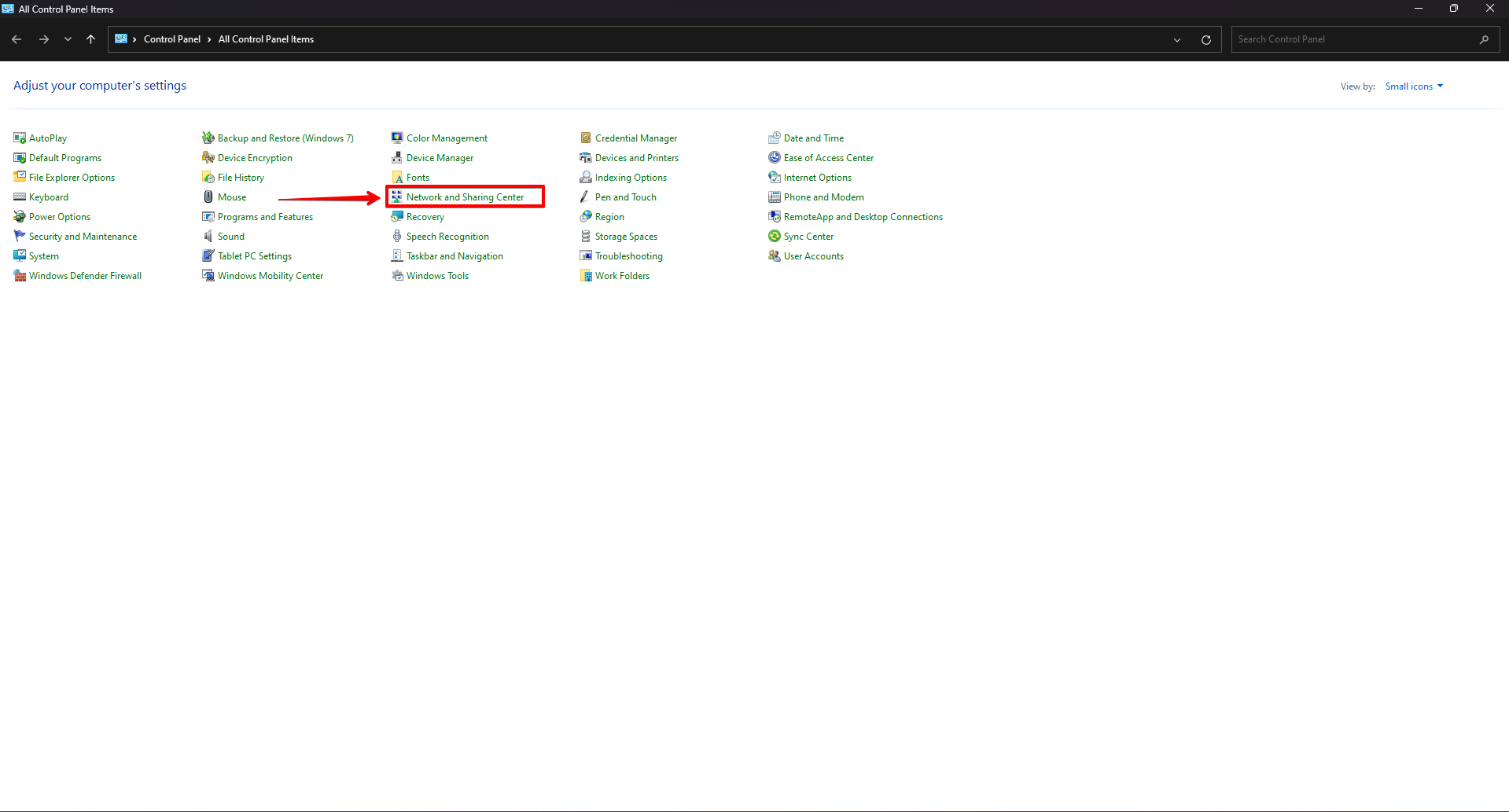
3. You will find the “Change your networking settings” section. Within this section, find the option labelled “Troubleshoot problems” and click on it. By selecting this option, you can troubleshoot and address any problems related to your network settings.
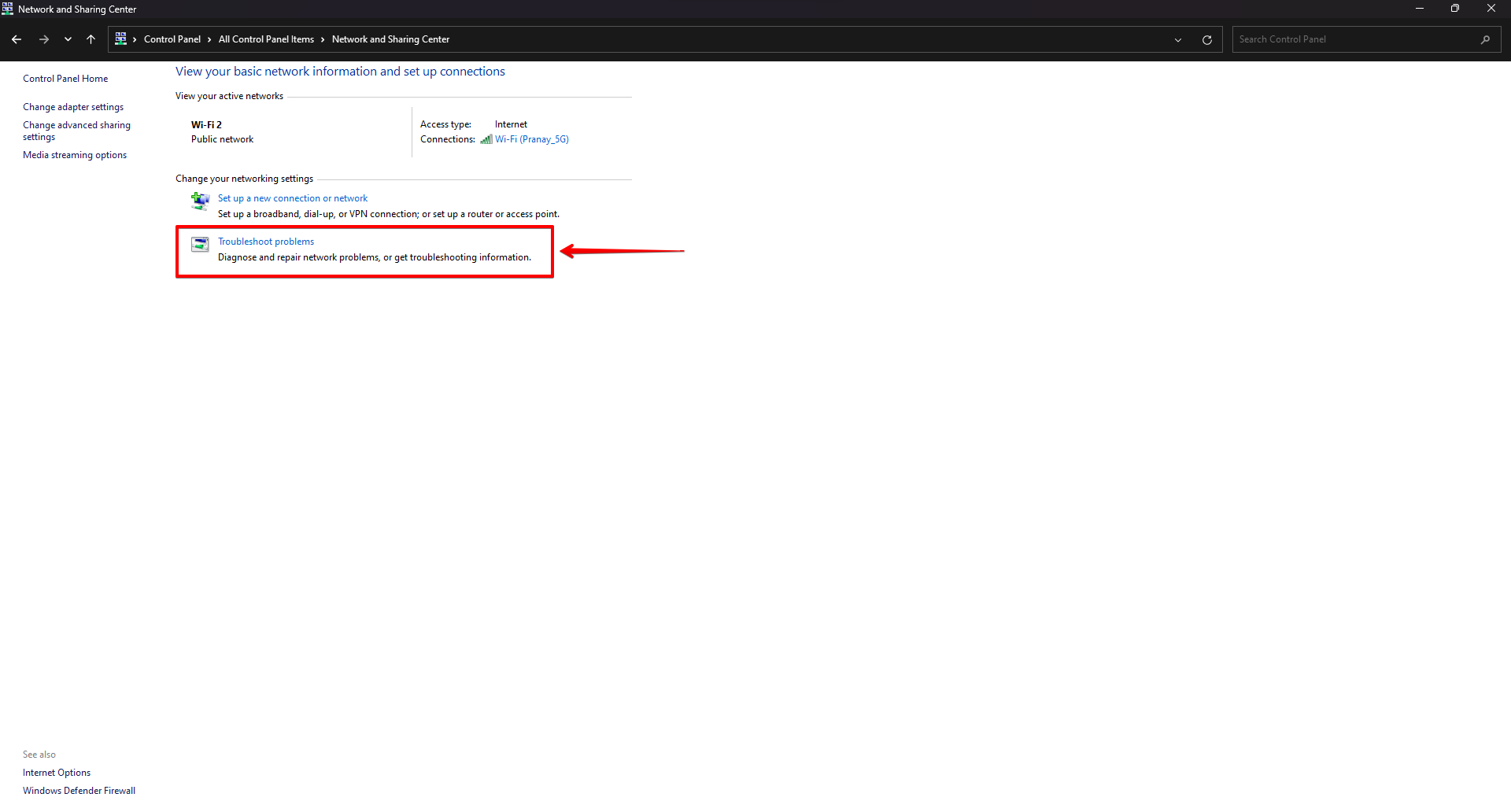
4. In the next window click on “Other troubleshooters” found within the Troubleshoot settings section.
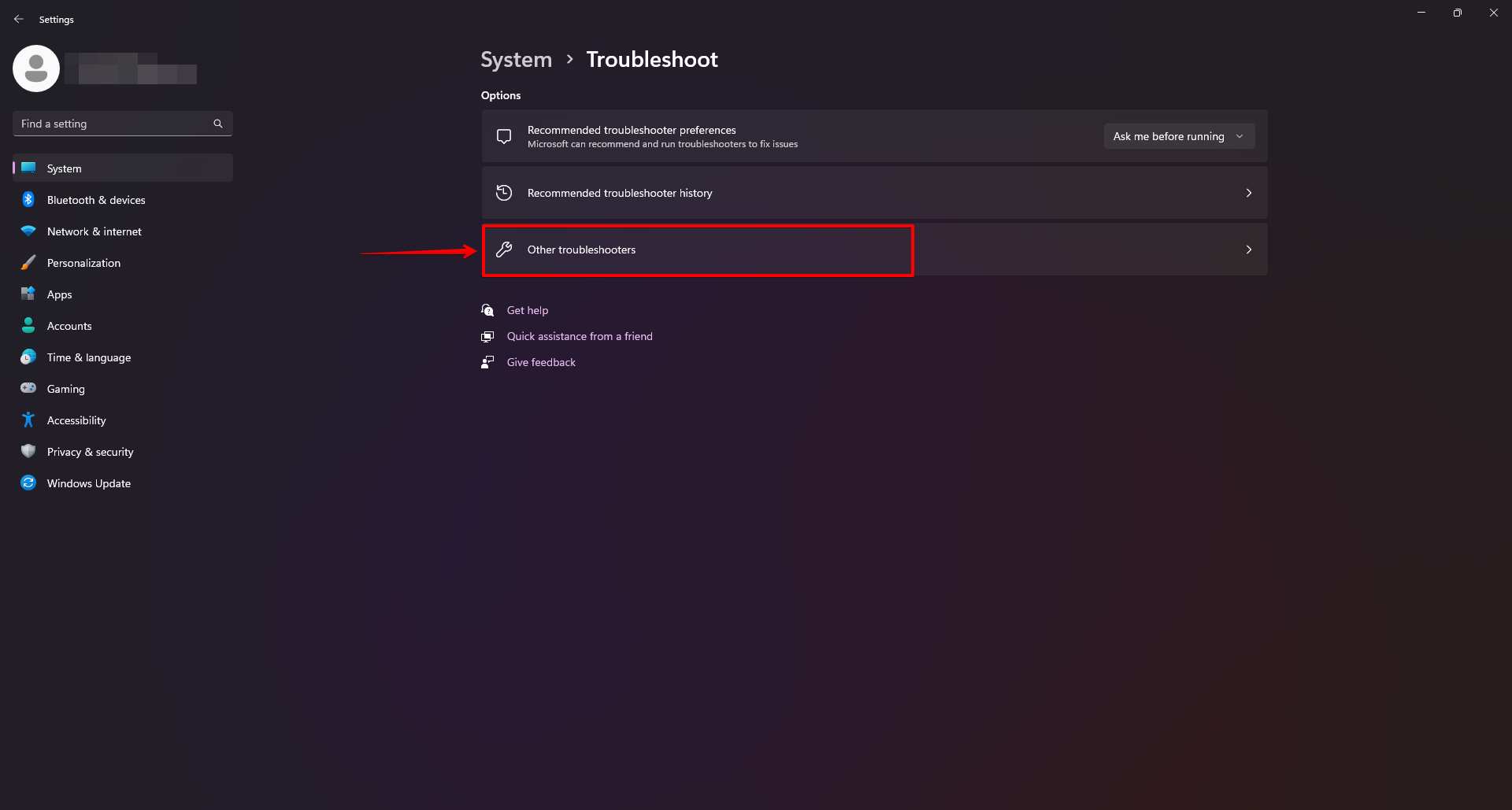
5. Look for the “Network and Internet” troubleshooter and click the “Run” button.
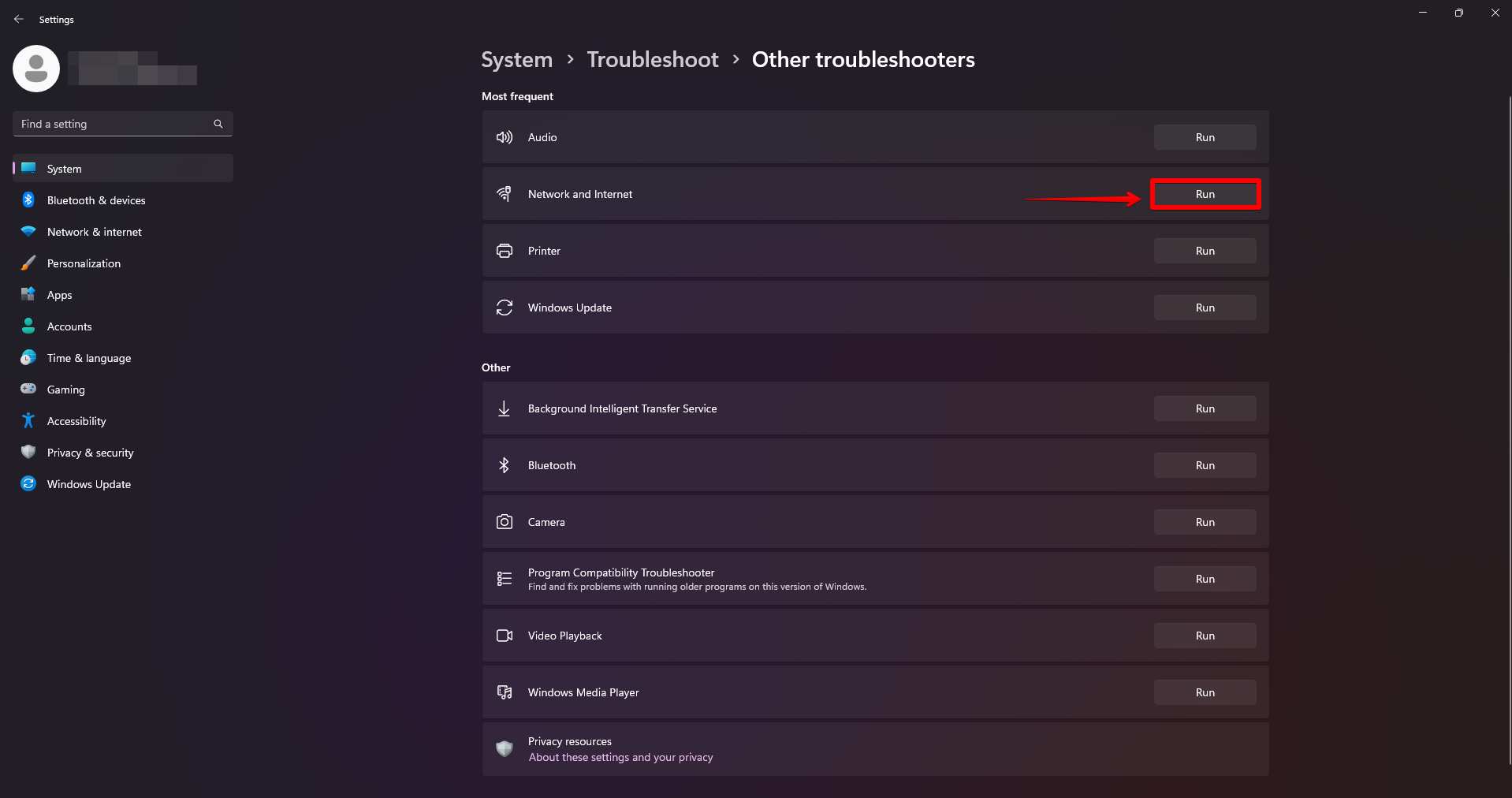
This diagnostic process helps identify and troubleshoot potential issues with the network connection, allowing for a more targeted approach to resolving the problem.
Method.4 Clear Chrome Browser Data and Host Cache
The Chrome host cache can store information on up to 100 domains, including their corresponding IP addresses. It is important to clear the DNS and Chrome host cache to ensure optimal performance and resolve any potential issues. This additional step will help maintain a smooth and seamless browsing experience.
Clear host cache
1. Begin by opening the provided URL in your Google Chrome web browser.
chrome://net-internals/#dns
2. Locate and click on the “Clear host cache” option to clear the cache for the host.
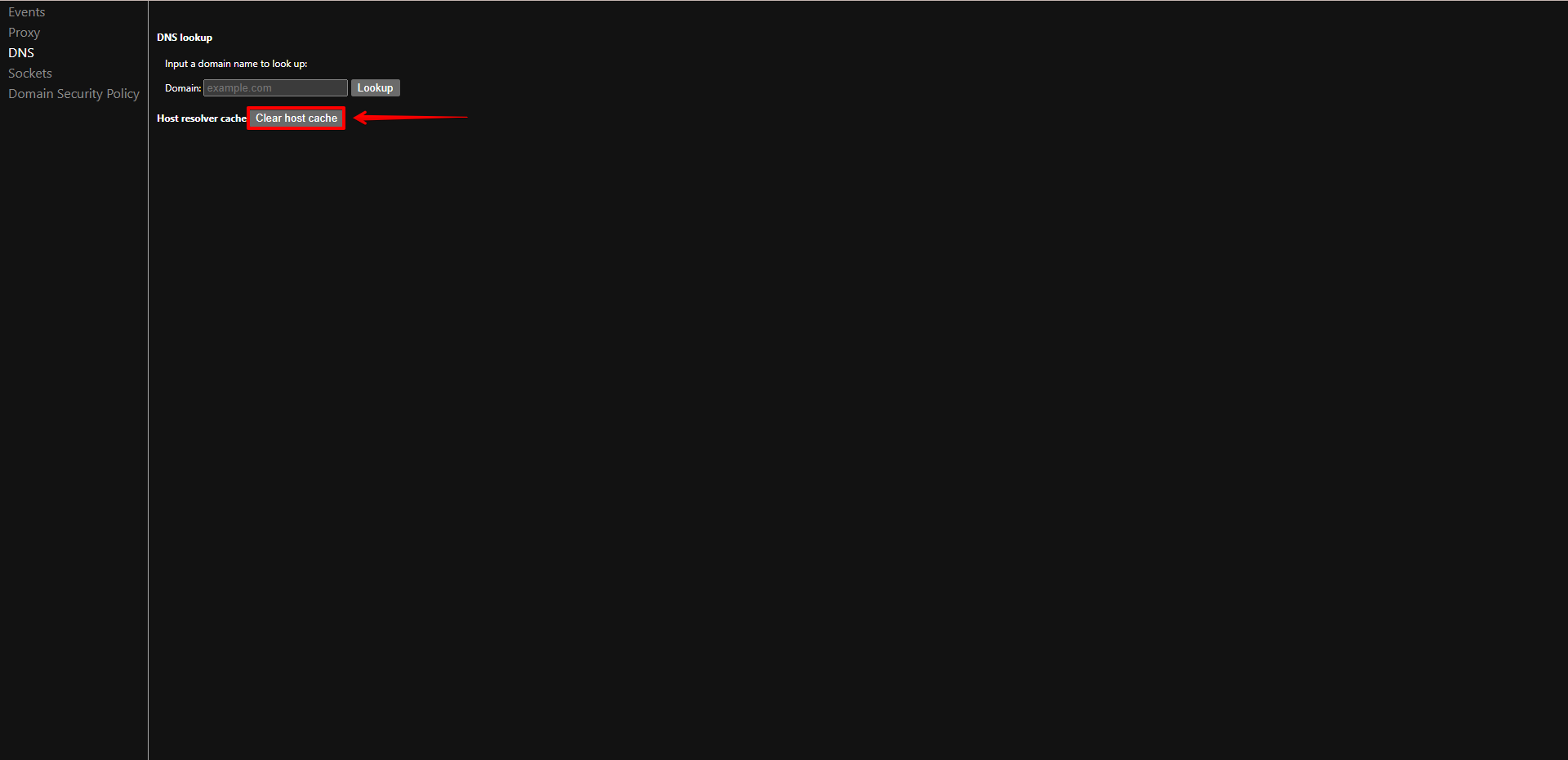
Clear Chrome Browsing Cache and Data.
If clearing the host cache does not resolve this problem, please try the following troubleshooting steps.
1. Open the provided URL in your Google Chrome web browser.
chrome://settings/clearBrowserData
Then navigate to the Advanced Tab and click on it. Please select the “All time” option in the time range.
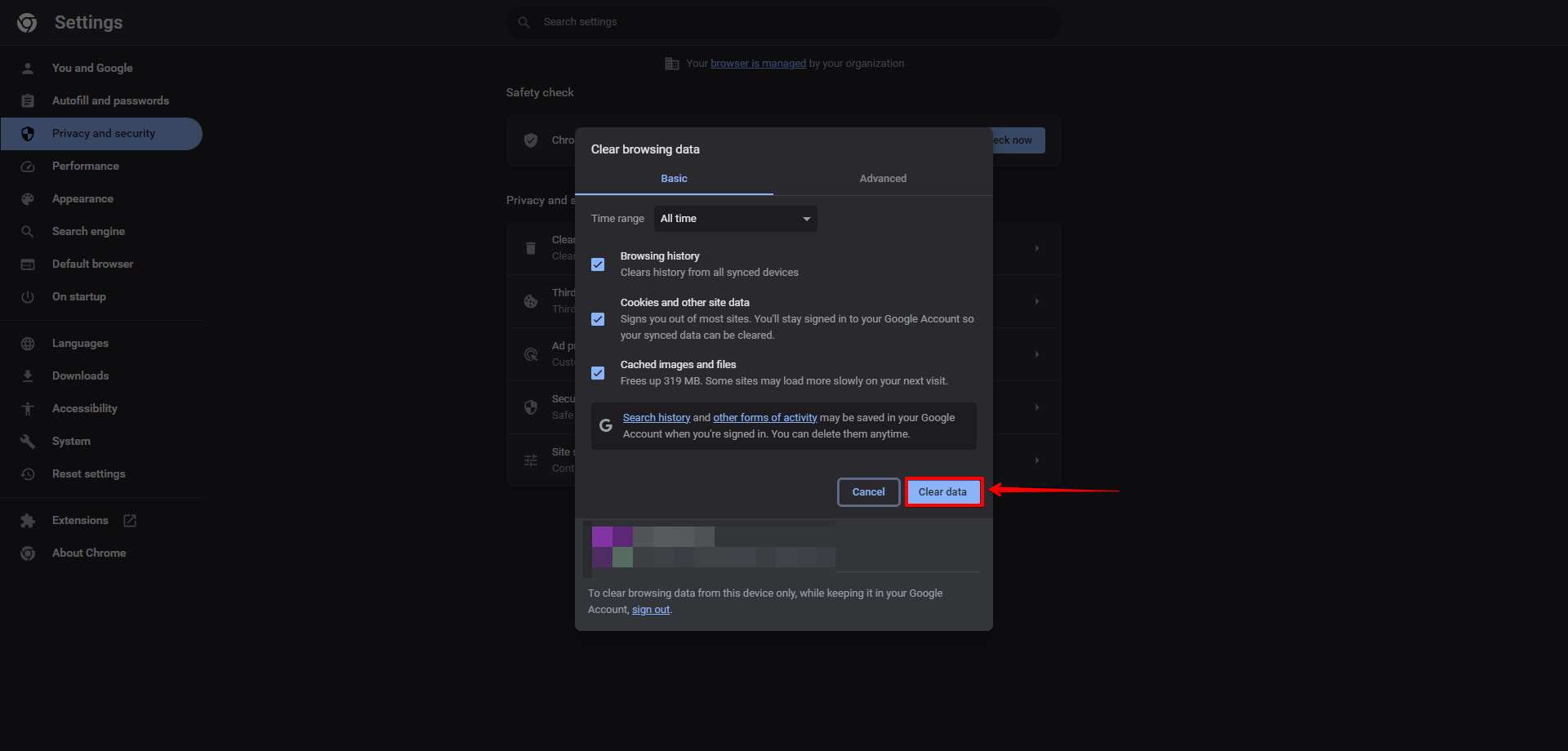
Note: Remember to store backups of your several passwords.
After finishing the previous instruction,pinpoint the specific data you wish to delete. To do this, highlight or mark the desired data. Once chosen, locate and click the “Clear data” option to initiate the data-clearing process.
Method.5 Disable Firewall or Antivirus
While antivirus and firewall programmes are essential for safeguarding your device against malicious software, it’s important to note that they can also impact your internet connection.
It is recommended to attempt to resolve the “DNS server is not responding” error by temporarily turning off your antivirus and firewall programmes. The smooth functioning of the DNS server may be interrupted by these security functions sometimes. By deactivating them, you can determine if they are the issue’s source.
1. Access Windows’ anti-malware and firewall settings by clicking the Start menu present at the bottom left corner of your screen.
2. Choose Windows Security > Virus & Threat Protection from the drop-down menu under Settings > Update & Security.
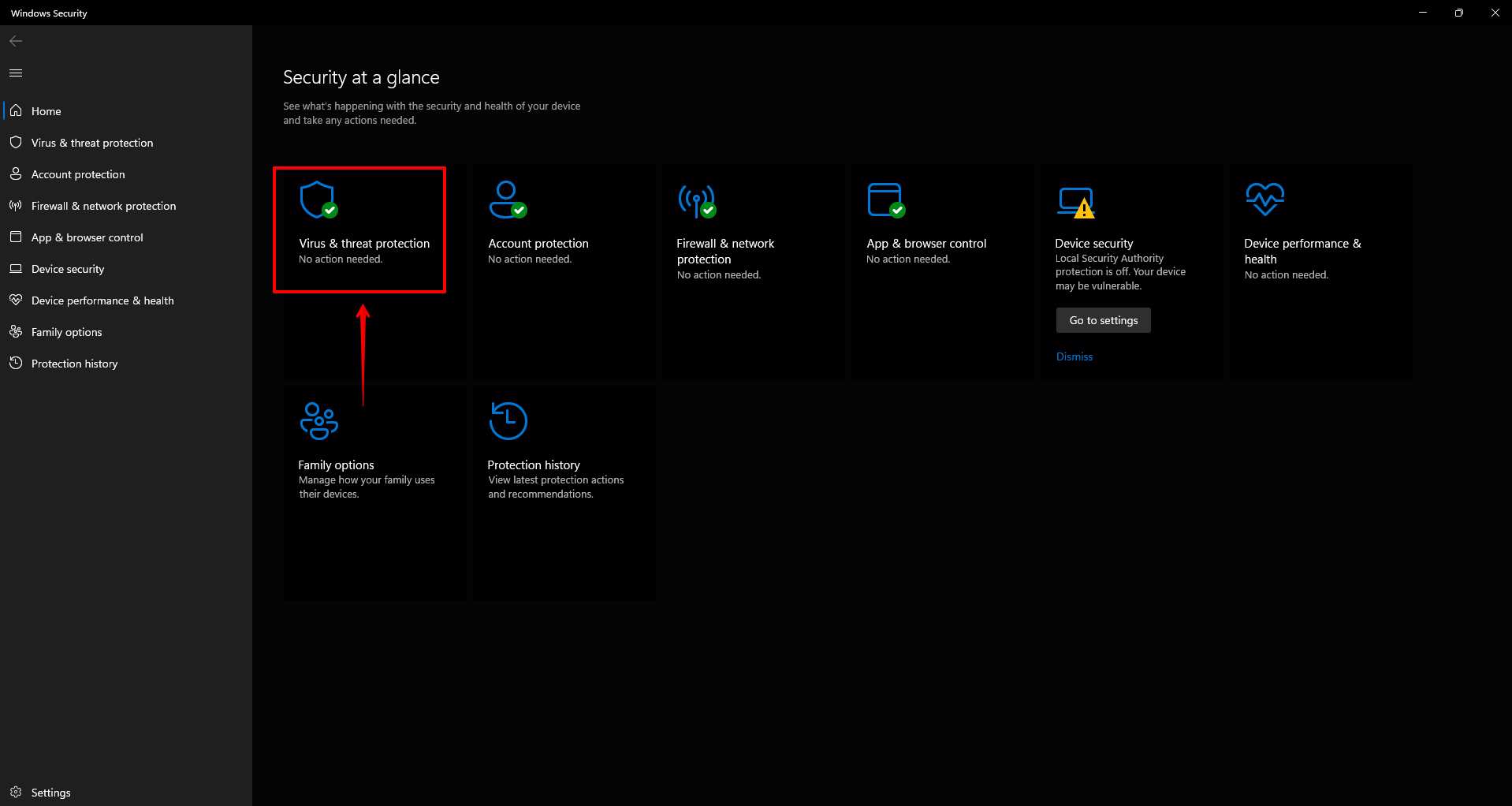
Conclusion
Getting a “DNS Server Not Responding” error while trying to visit a website is irritating and disturbing. Although there can be numerous factors contributing to the occurrence of this error, it is reassuring to know that the majority of these issues can be resolved easily.
We have identified and compiled a list of 5 effective solutions that can be employed on both Windows and macOS operating systems.



